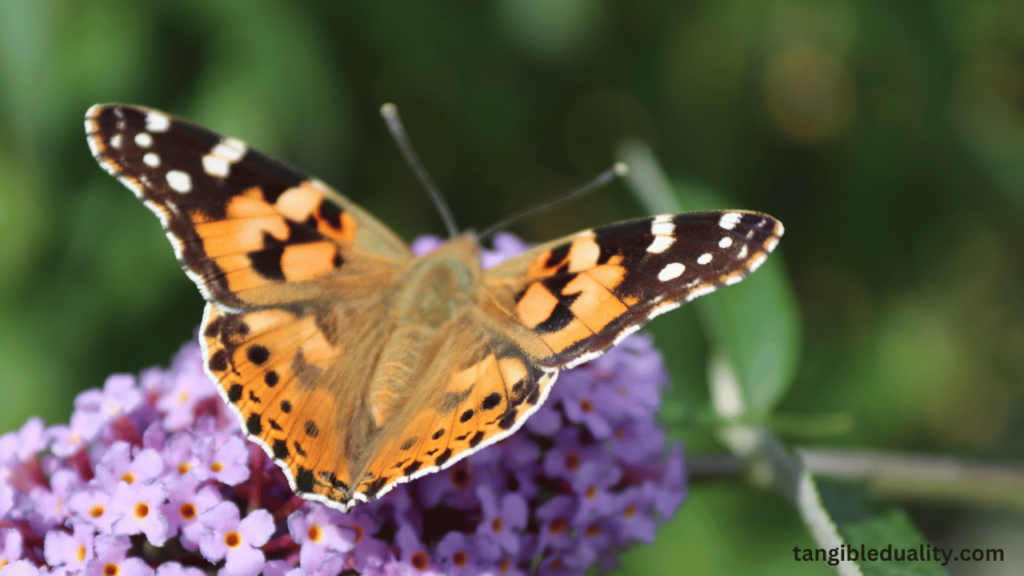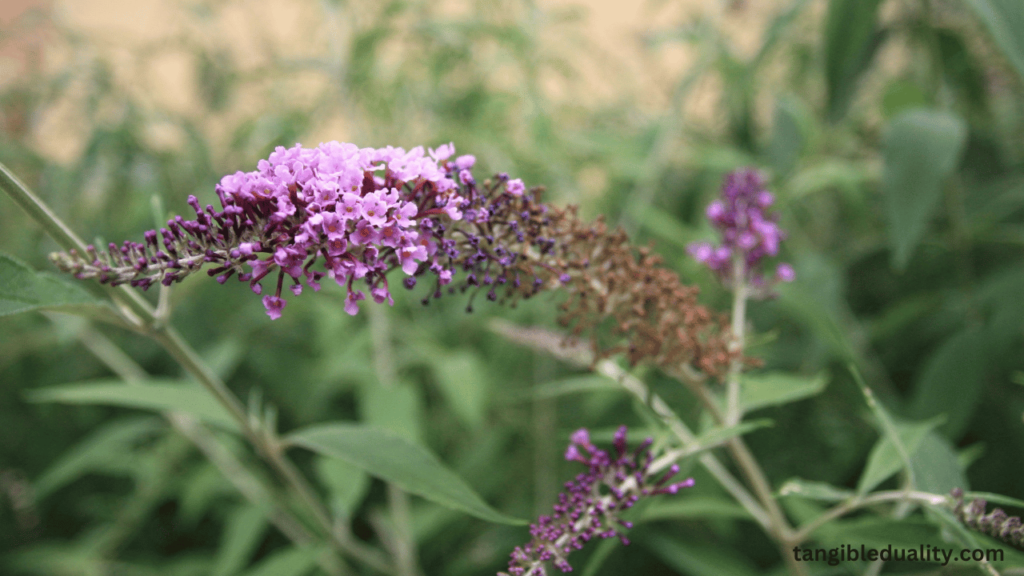Butterfly bushes are a popular addition to any garden because they produce flowers that are attractive to pollinators. Specifically, this is because they can entice beneficial insects.
Butterfly bushes may be propagated from cuttings, which is an ideal method for expanding your garden or sharing the beauty of these plants with others.
Cuttings might be utilized to cultivate butterfly bushes. Because this is the subject of our investigation, we will examine the method of successfully rooting cuttings collected from a butterfly bush within the constraints of this book.

Understanding how butterfly bush plants grow
Before commencing the actual operation, it is vital to have a rudimentary comprehension of the propagation process. According to their scientific name, butterfly bushes, officially known as Buddleja davidii, can be propagated through various approaches.
There are a few different strategies that can be applied. The planting of seeds, the division of plants, and the taking of stem cuttings are all instances of these methodological procedures. On the other hand, the taking of cuttings is often chosen since it is dependable and effective. This is the reason why it is decided.
Determine the best time and material methods
When it comes to determining whether or not butterfly bushes are effectively propagated, timing may be the most critical factor. During the plant’s active development period, which usually occurs between the end of spring and the beginning of summer, it is advisable to collect cuttings when the plant is in its active stage of development.
Right now is the period that will yield the best possible outcomes. The most effective approach to guaranteeing that you will achieve the finest possible results is to ensure that the stems you choose are disease-free, youthful, and full of vitality.

Taking cuts and preparing everything
Before beginning the propagation process, it is essential to gather all of the required ingredients and resources. These items should consist of sterilized sharp pruners or scissors, rooting hormones, small pots filled with potting mix, and an effective drainage system.
When choosing a stem, it is vital to choose one that is between four and six inches in length and has a number of leaf nodes. While you are cutting the plant, make sure that each cutting contains at least two sets of leaves by creating a clean cut directly below a leaf node.
This will ensure that each cutting contains a pair of leaves, guaranteeing the presence of at least two sets of leaves in each cutting.
Plants are rooted when cuttings are removed
After the cuttings have been taken, the set of leaves located at the base of the plant should be removed to expose the leaf nodes. Whenever you want to stimulate root growth, you should dip the cut end of each cutting into the rooting hormone.
This will assist you in accomplishing your objective. It is vital to ensure that the nodes of the cuttings are buried below the surface of the soil when planting them in the pots that have been prepared and filled with moist potting mix.
It is necessary to position the pots in a spot that is warm, sunny, and out of direct sunlight in order to guarantee that the soil will continue to be constantly moist.
Making sure that cuttings that have roots are correctly cared for is essential.
It is important to inspect the cuttings routinely to identify any indications of growth, such as the emergence of new leaves or the development of roots that originate from the base of the plant.
After the rooted cuttings have formed their roots, which usually take between four and six weeks, they should be moved into larger containers or directly into the garden. Additionally, the transplanting process should be repeated.
This is the procedure, of course. If they were initially started indoors, it is essential to progressively acclimate them to the conditions that they would encounter when they were outside. Additionally, please make sure that they are exposed to enough sunlight and water to meet their needs.
Conclusion
Cuttings are an essential and gratifying strategy for propagating butterfly bushes, enabling you to extend the reach of your garden and the beauty of these plants to others.
Cuttings can be used to propagate butterfly bushes. Suppose you follow the methods that are explained in this tutorial and provide the necessary care for the plants. In that case, you can root cuttings successfully and have a healthy butterfly bush garden. This is the case if you follow the instructions closely.
FAQs
-
Can I take cuttings from any variety of butterfly bush?
Yes, you can take cuttings from most varieties of butterfly bushes, including different colors and sizes. Just ensure that you select healthy, disease-free stems for propagation.
-
Do I need to use rooting hormone when propagating butterfly bush cuttings?
While not mandatory, using rooting hormone can increase the success rate of rooting cuttings by stimulating root growth. It’s recommended for faster and more reliable results.
-
How long does it take for butterfly bush cuttings to root?
Under optimal conditions, butterfly bush cuttings typically root within 4-6 weeks. However, this timeline can vary depending on factors such as temperature, humidity, and the health of the cuttings.
-
Can I propagate butterfly bushes from seeds instead of cuttings?
Yes, butterfly bushes can be propagated from seeds, but it’s a slower process compared to taking cuttings. Seeds may take several weeks to germinate, and the resulting plants may not retain the exact characteristics of the parent plant.

